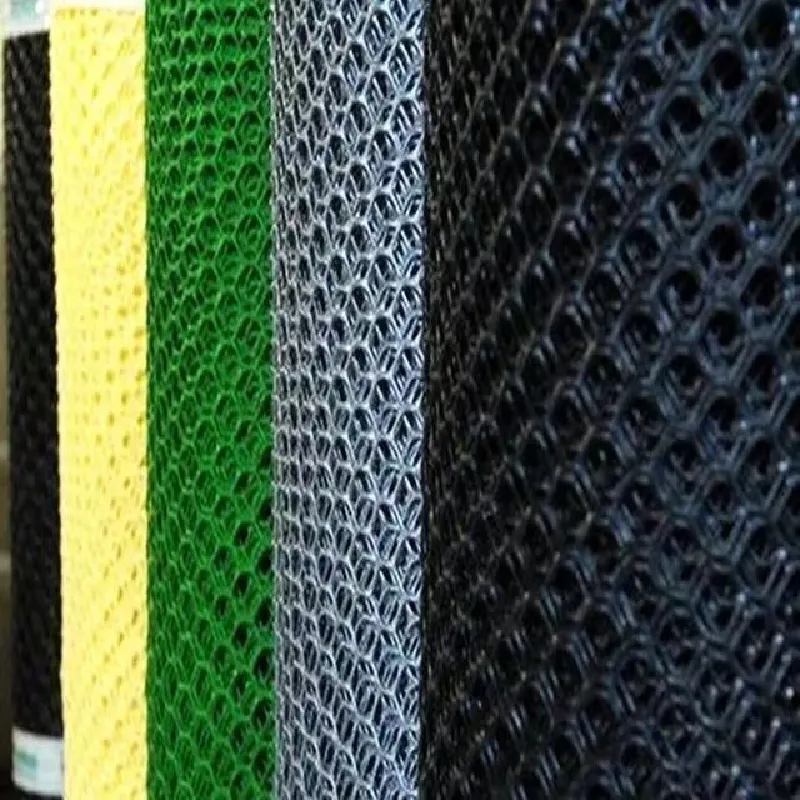-
 Afrikaans
Afrikaans -
 Albanian
Albanian -
 Amharic
Amharic -
 Arabic
Arabic -
 Armenian
Armenian -
 Azerbaijani
Azerbaijani -
 Basque
Basque -
 Belarusian
Belarusian -
 Bengali
Bengali -
 Bosnian
Bosnian -
 Bulgarian
Bulgarian -
 Catalan
Catalan -
 Cebuano
Cebuano -
 China
China -
 Corsican
Corsican -
 Croatian
Croatian -
 Czech
Czech -
 Danish
Danish -
 Dutch
Dutch -
 English
English -
 Esperanto
Esperanto -
 Estonian
Estonian -
 Finnish
Finnish -
 French
French -
 Frisian
Frisian -
 Galician
Galician -
 Georgian
Georgian -
 German
German -
 Greek
Greek -
 Gujarati
Gujarati -
 Haitian Creole
Haitian Creole -
 hausa
hausa -
 hawaiian
hawaiian -
 Hebrew
Hebrew -
 Hindi
Hindi -
 Miao
Miao -
 Hungarian
Hungarian -
 Icelandic
Icelandic -
 igbo
igbo -
 Indonesian
Indonesian -
 irish
irish -
 Italian
Italian -
 Japanese
Japanese -
 Javanese
Javanese -
 Kannada
Kannada -
 kazakh
kazakh -
 Khmer
Khmer -
 Rwandese
Rwandese -
 Korean
Korean -
 Kurdish
Kurdish -
 Kyrgyz
Kyrgyz -
 Lao
Lao -
 Latin
Latin -
 Latvian
Latvian -
 Lithuanian
Lithuanian -
 Luxembourgish
Luxembourgish -
 Macedonian
Macedonian -
 Malgashi
Malgashi -
 Malay
Malay -
 Malayalam
Malayalam -
 Maltese
Maltese -
 Maori
Maori -
 Marathi
Marathi -
 Mongolian
Mongolian -
 Myanmar
Myanmar -
 Nepali
Nepali -
 Norwegian
Norwegian -
 Norwegian
Norwegian -
 Occitan
Occitan -
 Pashto
Pashto -
 Persian
Persian -
 Polish
Polish -
 Portuguese
Portuguese -
 Punjabi
Punjabi -
 Romanian
Romanian -
 Russian
Russian -
 Samoan
Samoan -
 Scottish Gaelic
Scottish Gaelic -
 Serbian
Serbian -
 Sesotho
Sesotho -
 Shona
Shona -
 Sindhi
Sindhi -
 Sinhala
Sinhala -
 Slovak
Slovak -
 Slovenian
Slovenian -
 Somali
Somali -
 Spanish
Spanish -
 Sundanese
Sundanese -
 Swahili
Swahili -
 Swedish
Swedish -
 Tagalog
Tagalog -
 Tajik
Tajik -
 Tamil
Tamil -
 Tatar
Tatar -
 Telugu
Telugu -
 Thai
Thai -
 Turkish
Turkish -
 Turkmen
Turkmen -
 Ukrainian
Ukrainian -
 Urdu
Urdu -
 Uighur
Uighur -
 Uzbek
Uzbek -
 Vietnamese
Vietnamese -
 Welsh
Welsh -
 Bantu
Bantu -
 Yiddish
Yiddish -
 Yoruba
Yoruba -
 Zulu
Zulu
Exploring the Versatile Applications of Plastic Mesh in Modern Industries
The Versatility of Plastic Mesh An Overview
Plastic mesh, also known as plastic netting, has become an invaluable material across various industries due to its unique properties and versatility. Made from high-density polyethylene (HDPE), polypropylene, or other plastic resins, this innovative material is lightweight, durable, and resistant to the elements. As a result, it has found applications in agriculture, construction, landscaping, sports, and many other fields.
One of the primary advantages of plastic mesh is its ability to provide support and structure while remaining lightweight. This characteristic makes it ideal for use in agricultural applications, such as supporting plant growth. Farmers have increasingly adopted plastic mesh in their horticultural practices, using it to create trellises for climbing plants, support for rows of crops, and protective barriers for young seedlings. The mesh allows sunlight and water to penetrate while protecting plants from pests and harsh weather conditions.
In the construction industry, plastic mesh is often used as a reinforcement material in concrete applications. When combined with concrete or other building materials, plastic mesh can improve structural integrity and resilience. It helps stabilize the concrete, preventing cracks and ensuring a longer lifespan for various structures, including roadways, bridges, and residential buildings. Additionally, plastic mesh is lightweight, making it easier to transport and install compared to traditional reinforcement materials.
Landscaping is another area where plastic mesh shows its worth
. Gardeners and landscapers utilize this material for a variety of purposes, such as erosion control, soil stabilization, and decorative fencing. The mesh can effectively retain soil while allowing water to pass through, helping to prevent soil erosion on sloped areas. Moreover, it can be used to create visually appealing borders and fences, delineating flower beds, vegetable patches, or property lines.plastic mesh

Aside from agriculture and construction, plastic mesh has found a significant place in the sports industry. From safety nets to field marking, plastic mesh provides an effective solution for various sporting needs. Sports facilities often use it for enclosing fields, creating barriers that keep players and spectators safe. In addition, plastic mesh is utilized in the manufacturing of equipment such as goal nets, which are essential for sports like soccer, hockey, and tennis.
Environmental considerations have also contributed to the growing popularity of plastic mesh. As a recyclable material, plastic mesh can be repurposed and reused, reducing waste and minimizing the environmental impact. Many manufacturers are now focused on producing eco-friendly variants made from recycled plastics, further enhancing sustainability practices within industries that rely on plastic mesh.
Choosing the right type of plastic mesh can be crucial to achieving desired outcomes for specific applications. The mesh comes in various configurations, including different hole sizes, widths, and tensile strengths. For example, in gardening, a smaller mesh size may be ideal for keeping out small pests, while a larger mesh might be better suited for supporting larger plants. In construction, the choice of durability and tensile strength can vary significantly based on the structural requirements of the project.
In conclusion, plastic mesh stands out as a multipurpose material with numerous advantages, making it a preferred choice in a variety of sectors. Its lightweight nature, durability, and resistance to environmental stresses make it suitable for agricultural, construction, landscaping, and sporting applications. As industries continue to innovate and embrace sustainable practices, the role of plastic mesh is likely to expand, cementing its status as a crucial material in modern practices. Whether enhancing plant growth or providing safety in recreational activities, plastic mesh demonstrates its importance across a spectrum of uses, underscoring the creativity and practicality of contemporary material solutions.
-
Shipping Plastic Bags for Every NeedNewsJul.24,2025
-
Safety Netting: Your Shield in ConstructionNewsJul.24,2025
-
Plastic Mesh Netting for Everyday UseNewsJul.24,2025
-
Nylon Netting for Every UseNewsJul.24,2025
-
Mesh Breeder Box for Fish TanksNewsJul.24,2025
-
Expanded Steel Mesh Offers Durable VersatilityNewsJul.24,2025











